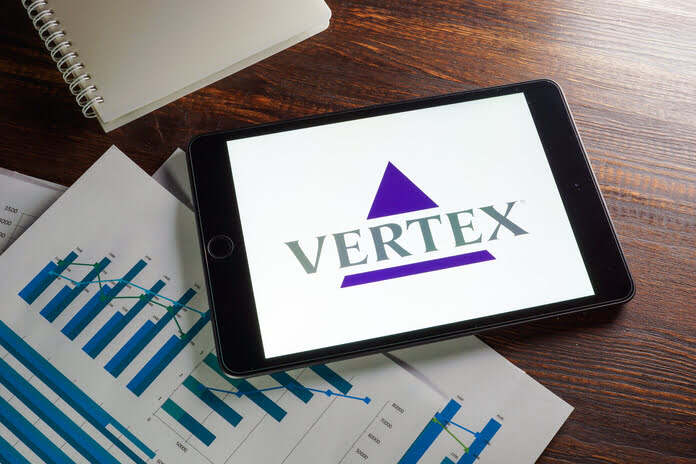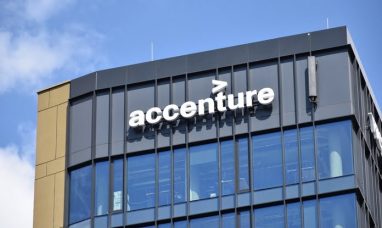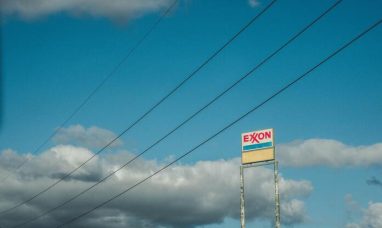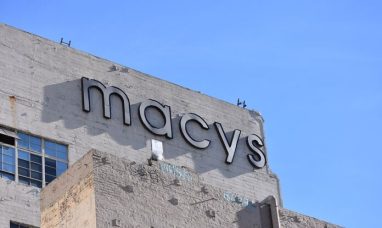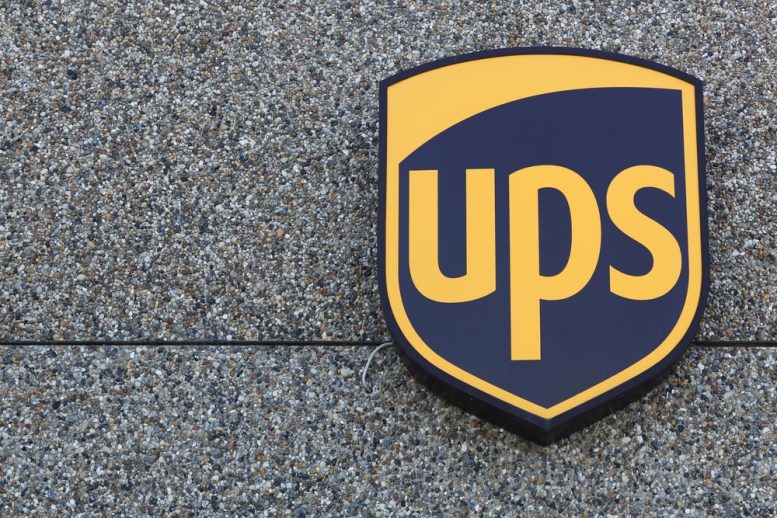Vertex Energy (NASDAQ:VTNR) released results for Q1’23. According to the announcement, technical issues will cause a delay in the project’s start-up for the conversion to renewable diesel. As if things couldn’t get much worse, crack spreads are plummeting into Q2’23 and interest expenditure has nearly tripled YoY, creating additional headwinds. In light of this, I revised the company’s evaluation. Even if my target price is now lower at about US$11 per share, I still remain bullish on the company. An early resolution of the technical issues with the renewable diesel project and the subsequent successful start of production should be the most crucial short-term event to watch for. This might calm the market and perhaps even make the price decline following earnings partially reverse. In addition, as interest expense is growing to be a burden, management should seriously consider deleveraging. Any success there might also serve as a trigger.
Due to downtime associated with the hydrocracker conversion to the generation of renewable diesel, the Mobile refinery operated at somewhat less than its maximum capacity in Q1 of 23. Because of this, the throughput averaged about 71.3k barrels per day (-8.5% QoQ), which was slightly higher than midway guidance. The benchmark 2-1-1 crack spread was US$31.59/barrel (-6.6% QoQ), which was historically high, and the company achieved a 51% capture rate, which was in line with expectations. Gross profit was $65.5 million (-27.1% QoQ) as a result. Vertex Energy completed the sale of its Heartland used motor oil refinery during the quarter, resulting in a net gain of US$48.9M. The US$53.8M in net income for the quarter, which equates to US$0.71 in EPS, was mostly the result of this. Net income from ongoing operations, however, was only US$3.5M, or US$0.05 per share.
A Review of Renewable Diesel
Vertex Energy was able to finish its renewable diesel conversion project roughly on schedule and within budget. A technical issue with the feedstock pumping mechanism did arise during startup, though.
COO James Rhame said: “We encountered a feed pumping system breakdown when sequencing the restart of the unit. The renewable diesel hydrocracker is supplied with feedstock by these pumps. Our safety measures functioned as intended in the event of a malfunction, and our team reacted appropriately to bring the unit down in a safe and controlled way, preventing further effects and saving the catalyst and our hydrocracker.”
On the plus side, management seems hopeful that the problems should be rectified by the end of May and is already working on project phase II, which should raise the renewable diesel facility’s capacity to 14k barrels per day.
Financial Stability
The increasing interest expense in Vertex’s financials was one factor that attracted my eye. Interest costs were $12.5 million for the corporation, almost tripling year over year. At the end of the first quarter of 233, the total IB debt, including leases, was US$377.2M. What’s concerning is that some of the debt is quite expensive; the term loan, which has a variable rate linked to prime and was at 15.25% as of the quarter’s conclusion, is one example.
If the corporation were to annualize the Q1’23 interest expense, it would seem that it may be paying about US$50M in interest on its debt. At Vertex’s size, this is huge, and management should really concentrate on deleveraging. Asset sales and Marrero’s legacy business, for instance, could be helpful in this regard.
The management provided Q2’23 guidance as well, forecasting somewhat reduced throughput between 68 and 72k barrels/day and CAPEX of about US$30M. Concerningly, crack spreads are significantly easing into Q2 of 23 with the benchmark 2-1-1 crack spread falling below US$20 per barrel. This is concerning because the company’s Mobile refinery is anticipated to be its main source of income because the renewable diesel project has not yet begun to produce income and function to its fullest capacity.
Valuation
The stock price fell by around 14% for the day as a result of the market’s reaction to the results report. Therefore, I made the decision to revise my SOTP to reflect a lesser crack spread of US$20/barrel as opposed to the US$25/barrel originally used. The most recent data also includes an update to net debt.
When it comes to the other assets, I retained Marrero’s valuation at US$170M, as determined in my earlier piece using the Heartland transaction as a benchmark. As a result of applying a 50% discount to Chevron’s (NYSE:CVX) acquisition of Renewable Energy Group (NASDAQ:REGI) and accounting for variations in production capacity, the estimated value of the RD project was also maintained at US$392.5M.
The recent agreement by Camber Energy (NYSE:CEI) to purchase a renewable diesel plant in Nevada for US$750M suggests that Vertex’s RD facility has a significantly higher value. The facility that Camber should buy has an annual capacity of about 43 million gallons, whereas Vertex’s RD project is 3.2 times larger, assuming the phase I capacity of 9 thousand barrels per day. For the Vertex RD project, I feel more at ease maintaining a more cautious estimate, particularly before the facility is operational and its initial actual financial performance figures are disclosed.
As a result, the implied FV estimate is around US$11/share, or a 70% increase above current values.
Risks
The most recent market changes are increasing Vertex’s risks even though the SOTP value predicts a sizable upside.
On the one hand, the company’s refining margin is being eroded by falling crack spreads. In that regard, the US summer driving season may provide some relief as the price of petrol may rise. The current decline in oil prices is also bringing down the price of materials.
The third major risk for Vertex relates to its debt status and is more company-specific. The high borrowing rates are eating away at the company’s profits. This issue needs to be addressed immediately, whether by selling some assets like the Marrero legacy firm or by bringing in a JV partner for the RD project. As seen by their recent agreement to collaborate on a renewable diesel project, Eni and PBF Energy (PBF) are two oil majors who are considering entering the RD market.
Conclusion
Vertex Energy is under a lot of pressure as a result of recent headwinds. The RD facility’s technical issues should be the management’s primary concern in the short term, and they should work toward deleveraging as soon as possible. Despite the difficulties, my SOTP valuation approach predicts an FV of about US$11 per share, representing a 70% upside potential. The company’s risk profile has worsened, therefore it might not be the best choice for investors who are afraid of taking risks.
Featured Image: Megapixl © Designer491



